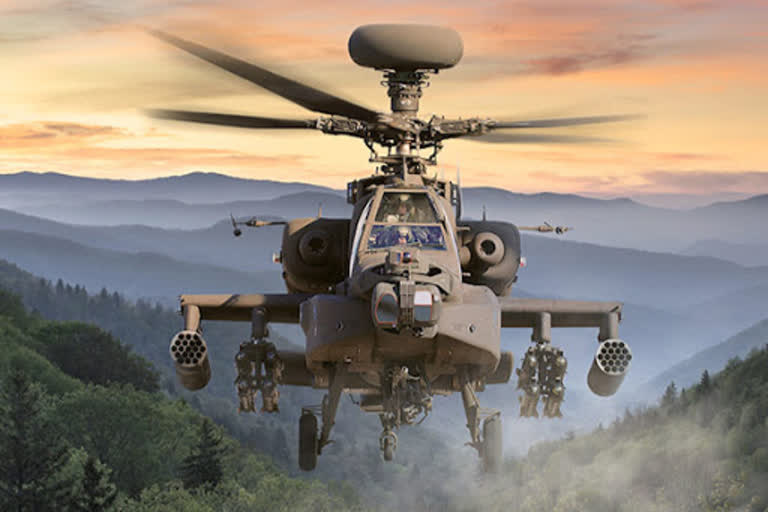New Delhi: The death of five para commandos from the Special Forces in a close quarter battle with armed militants on the snowy slopes of Keran Sector on the Line of Control (LoC) in Kashmir on April 5 has again raised questions on what can be done to effectively tackle the recurring problem of infiltration by militants from the Pakistani side of the LoC.
The crack commandos, dropped by a helicopter to near the point where the footsteps of the militants were seen in the heavy snow, accidentally fell into a snow-covered crevice where the militants were hiding, leading to a close quarter battle.
While the LoC fence has not been able to deter the militants much, deploying weaponised Unmanned Aerial Vehicles (UAVs) and attack helicopters may change the game in favour of the Indian Army.
“As of now we don’t have armed UAVs. You see the Americans have used armed UAVs in Afghanistan with very accurate targeting which has been very effective,” Lieutenant General DS Hooda (retired), one of the country’s most experienced military commanders on the Kashmir conflict, told ETV Bharat.
“The other thing that can be effective on the LoC is the use of attack helicopters which you saw being used to devastating effect in Iraq and Afghanistan… But the sad reality is that we don’t both these platforms till now,” said Gen Hooda who also commanded Indian army’s Northern Command during the ‘surgical strike’ in September 2016.
But while India doesn’t quite have state-of-the-art armed UAVs or attack helicopters at the moment, it is important to prioritise their acquisition and deploy them on the LoC if the incessant problem of infiltration by militants is to be tackled.
It is understood Israel and the United States may be likely suppliers of armed UAVs to India in the days to come.
On the other hand, the first of the six AH-64E Apache attack helicopters that the Indian Army has already ordered for is expected to arrive in 2023. Most significantly, the Apache has the capability to control UAVs too, which can be a crucial ability in difficult terrain.
Usually, the militants cross the LoC at night and often under supporting covering fire by the Pakistani army.
The infiltration attempts begin when the winter snow melts in March-April when the passes in the high altitude region open up till about October.
Controlling the infiltration at the LoC at this point of time will be extremely crucial to control militants’ activity in the hinterland because of several reasons. It will be the first summer after the abrogation of Article 370 on August 5, 2019, which conferred special status to the erstwhile state of Jammu and Kashmir.
Also with the month of Ramzan slated to begin from April 23, there would be many radical Islamist militants who would be keen to embark on suicide missions. Already many Islamist terror organizations like the Islamic State and the Al Qaida have called for unleashing ‘jihad’ in Kashmir and in India to avenge a perceived ‘persecution’ of Muslims in India.
A double-rowed, 8-12 feet high fence straddles across 550 km of the 740 km long LoC. First set up in the 90s, it has given way to the vagaries of nature over the years. The government has already identified about 40 ‘infiltration’ spots on the fence. Certain portions are impossible to fence due to difficulty of terrain, riverine sections, etc.
Also Read: COVID-19: Lockdown extended till May 3, strict guidelines to be issued in hotspots



